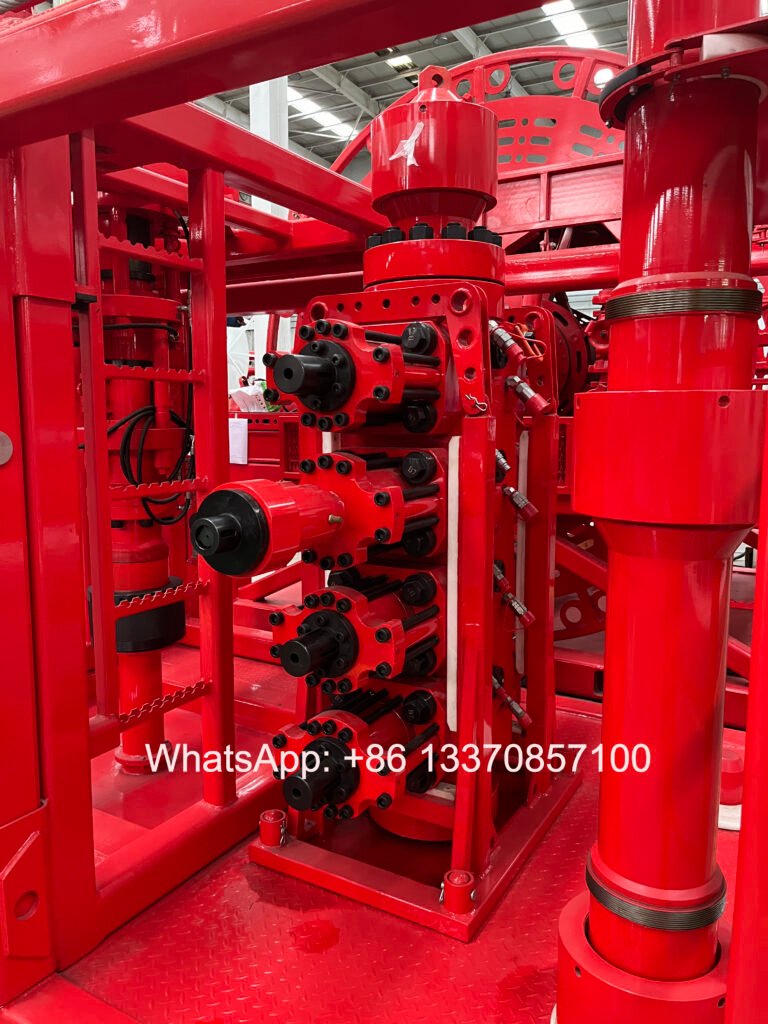
The Blowout Preventer (BOP) is critical in coiled tubing operations, controlling well pressure to prevent blowouts and ensuring safety. This report covers the BOP’s importance, common issues that arise, and key solutions for maintaining its performance.
1. Importance of BOP in Coiled Tubing Operations
– Pressure Control: BOP keeps well pressure in check, stopping oil, gas, or fluids from escaping.
– Safety and Environmental Protection: BOP prevents blowouts, protecting workers and the environment from dangerous leaks.
– Maintaining Well Integrity: It ensures safe and stable operations, reducing risks in the well structure.
2. Common BOP Problems and Solutions
– Sealing Ring Damage
Cause: The sealing ring between the BOP body and side gate can get worn from prolonged use or incorrect installation.
Effect: Damaged rings lead to leaks, weakening the BOP’s effectiveness.
Solution: Inspect and replace damaged rings to maintain a strong seal.
– Improperly Fastened Bolts
Cause: Loose bolts between the BOP body and side gate from incorrect installation.
Effect: This can weaken the BOP’s connection, reducing its reliability.
Solution: Ensure bolts are properly tightened during setup and maintenance.
– Debris on Sealing Surface
Cause: Debris or damage at the BOP’s sealing surfaces affects its ability to seal.
Effect: Contamination causes leaks, compromising well control.
Solution: Regularly clean and inspect sealing surfaces to prevent contamination.
– Valve Misalignment
Cause: Misalignment between the BOP’s movement and control valve indicators, often due to operator error.
Effect: Misalignment leads to incorrect operation, posing safety risks.
Solution: Train operators on correct alignment procedures to prevent misalignment.
– Inability to Close Fully
Cause: Obstructions or damaged components can prevent full closure.
Effect: This reduces the BOP’s ability to control well pressure.
Solution: Inspect for obstructions and repair or replace components as needed.
